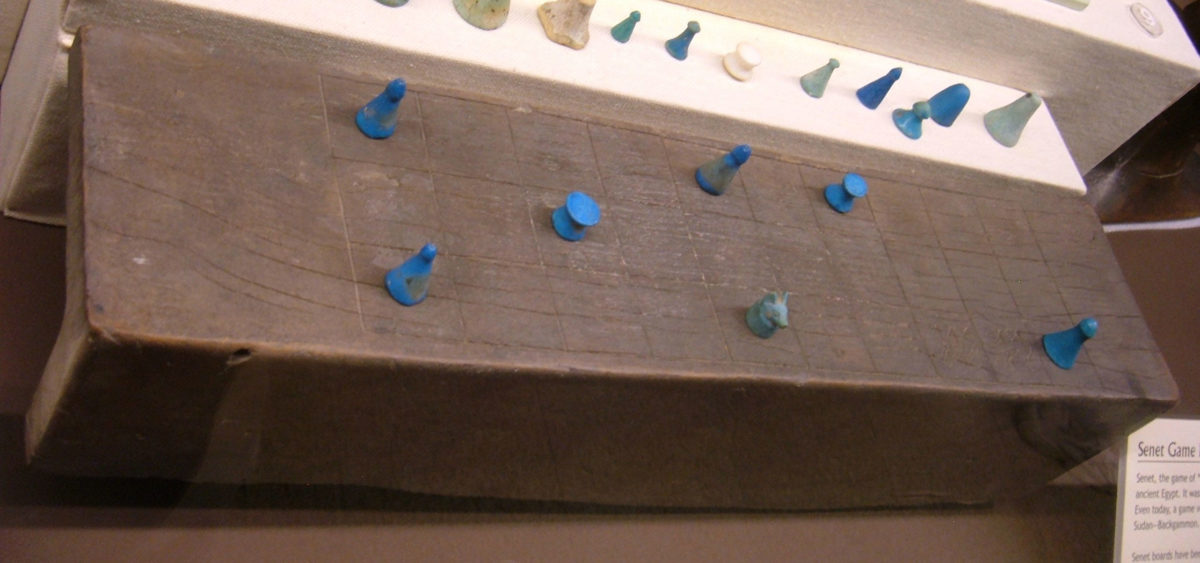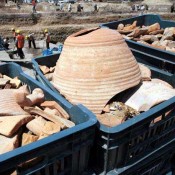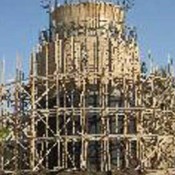An enigmatic ancient Egyptian game table housed in a US museum was the missing link in iconic board game evolution, according to an American ancient gaming expert.
Of all ancient Egyptian games, senet is probably the most well-recorded as well as popular. Known from physical objects as well as artistic representations dating from the Early Dynastic Period (c. 3.000 BC) till the 26th Dynasty, both from Egypt itself and abroad (the Levant, Cyprus, Nubia), and associated with secular and symbolic functions, archaeologists connect senet with ideals rooted deep into the ancient Egyptian worldview. As a form, senet is known as a rectangular board divided into 30 squares in a 3 x10 allocation.
From as early as the Old Kingdom, it is represented in tomb paintings. During the New Kingdom, the game is mentioned in the Book of the Dead, as the deceased is playing against an unknown opponent, while it clearly represents the “passing” of the soul through the underworld. Representations are found in various spaces connected with eternal life; from tombs to temples (an example in the photo gallery here). Most actual senet game boards and game boxes come from that period. Examples from the Levant and Cyprus are also of that period (corresponding to the Late Bronze Age). It is actually been stated that Cyprus has given more game tables identifiable with senet than Egypt itself.
Despite its rich archaeological record, however, senet remains a mystery. Despite information given from Egyptian written sources (Book of the Dead mentioned above, Turin Papyrus 1.775 and especially the Great Game Text) its complete rules remain obscure. What experts can track, however, is its evolution. Earlier examples of senet, dating till the 17th Dynasty show to have a different orientation than the actual New Kingdom ones while drawings on squares become more and more complicated as we proceed into the New Kingdom. What was missing from the archaeological record was an example highlighting whether the change in orientation happened before, after or at the same pace to the change in markings.
Enter the Rosicrucian Egyptian Museum Senet Table, an out of context example acquired by San Jose California’s Rosicrucian Museum (U.S.) in 1947 through an auction in London. Previously unpublished, the object has been studied by Walter Crist, an expert in ancient gaming, who recently published it in the Journal of Egyptian Archaeology. According to Crist, the board itself is in the shape of a small table, measuring 32 cm long by 13.5 cm wide and 12.1 cm high. A panel runs the length of the main board which, based on the orientation of the hieroglyphs on the playing face, forms the rear side of the table, while two rectangular supports running across the width of the main playing board are placed perpendicular to the panel running along with it.
What is more important, however, is the orientation of hieroglyphs marked on the top surface of the table (bearing the senet pattern). Here Crist observes that “the hieroglyphs are drawn so that they are upright when the board is positioned with them at the top left, with the long vertical panel at the back, indicating that the orientation of the board is that seen more commonly during the Middle Kingdom, while the hieroglyphs themselves are more typical of the Eighteenth Dynasty”.
The above element, compared with decoration in known senet examples allowed Crist to understand the importance of the Rosicrucian Senet. In fact, there were two senet examples sharing a style of hieroglyphs/markings with the Rosicrucian senet: one dating to the reign of Hatshepsut and housed at the British Museum and the other, of the era of Thutmose III, housed at the Rijksmuseum van Oudheden in Leiden (AH 34a). Still, the Rosicrucian senet differs from these two examples in one important aspect: based on its marked squares, it has the Middle Kingdom/Second Intermediate Period orientation rather than the New Kingdom one, which is found in the two Thutmosid examples above.
The above observations led the researcher to support that the senet board in the Rosicrucian Museum demonstrates a transitional stage in the pattern of decoration between the Middle Kingdom/Second Intermediate Period and the middle of the 18th Dynasty. As such, it represents the missing link in the evolution of the game from the time of Egypt’s liberation from the Hyksos up to the first Thutmosids, when it becomes more complicated before its orientation changes.





